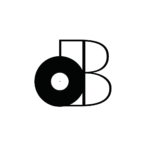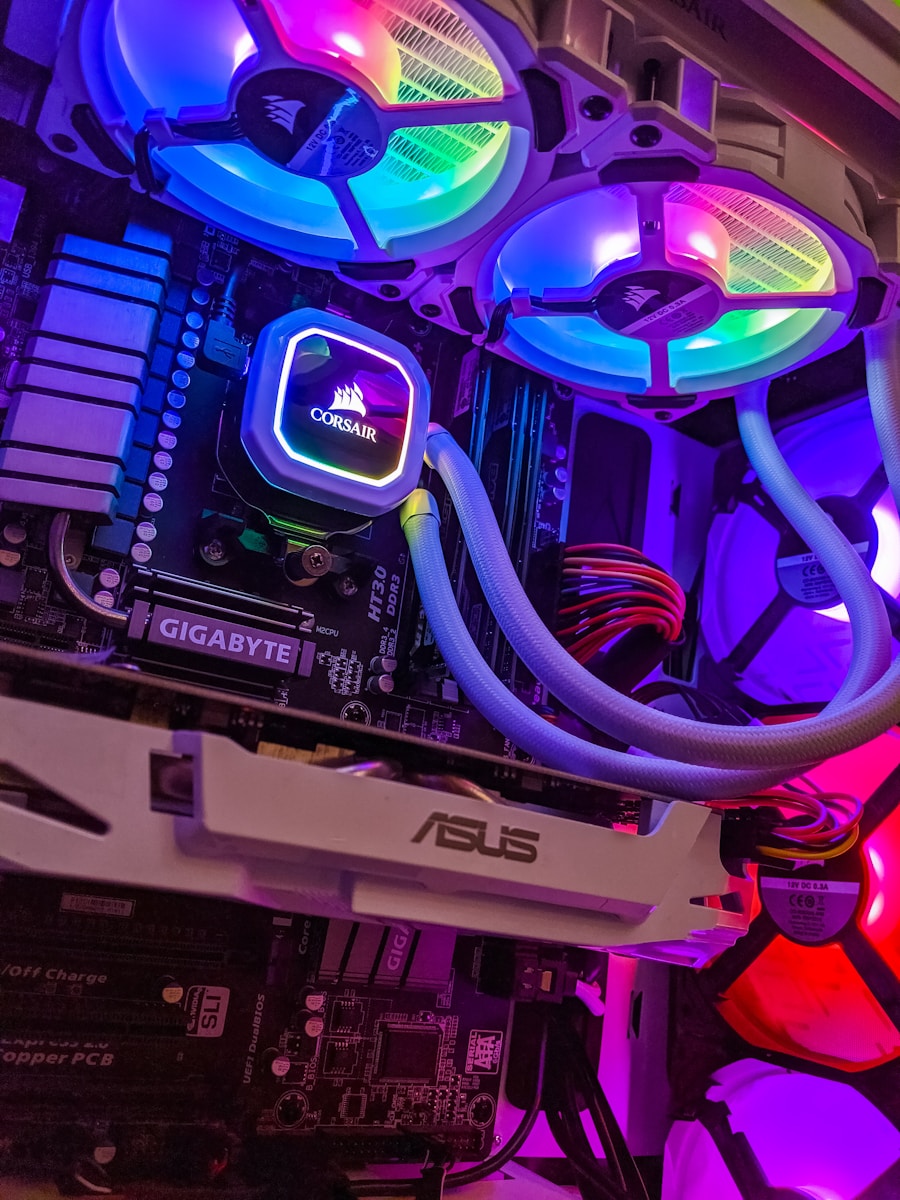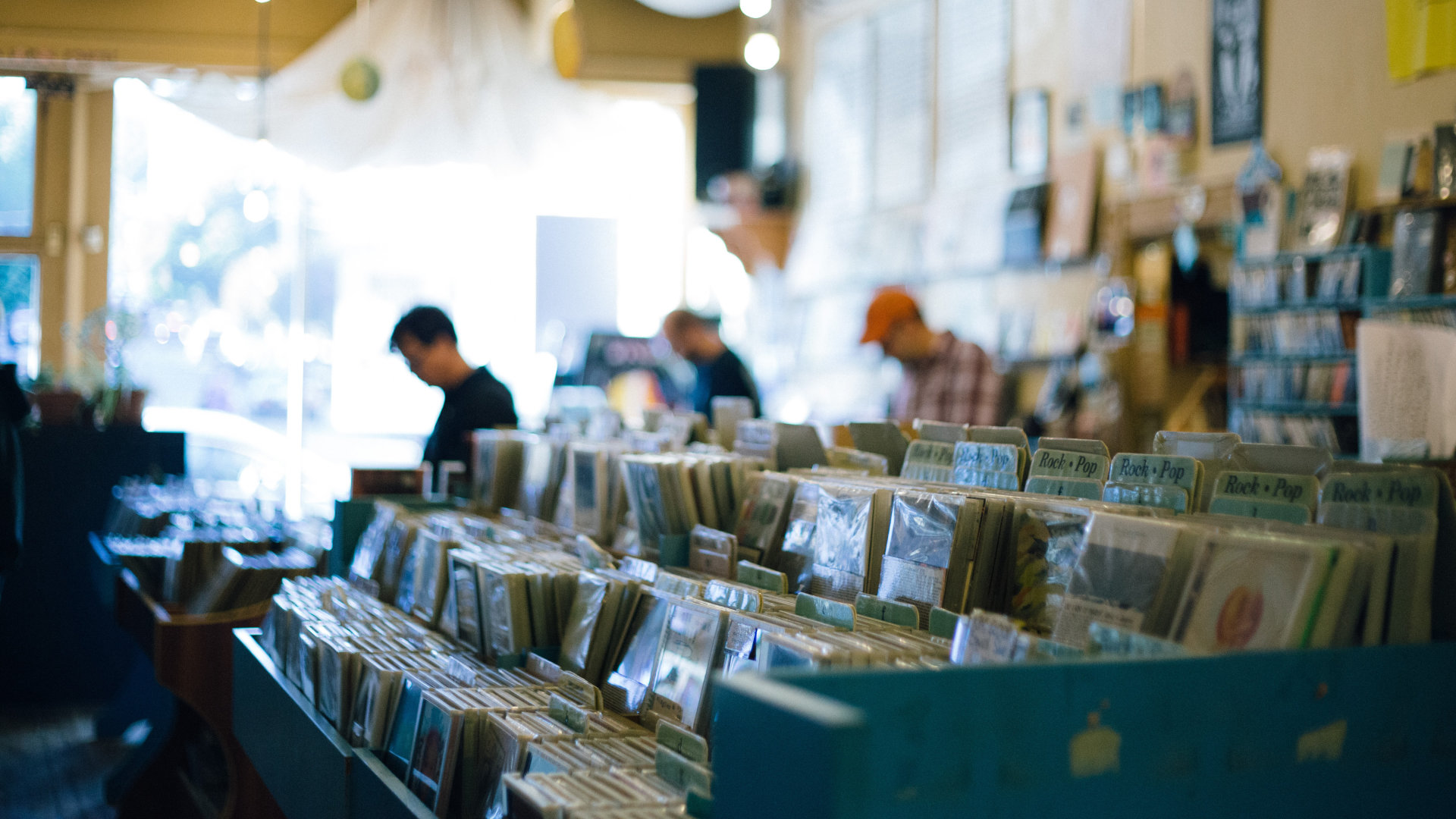Similar to an acoustic drum kit, acoustic guitar isn’t the easiest instrument to record at home. Of course, the difficulty will depend on the type of microphone you decide to use or if you decide to use an acoustic guitar pickup. However, today we’re going to consider using the best way to record acoustic guitar at home which involves the combination of the two!
The best way to record acoustic guitar at home involves using microphone(s) and an acoustic guitar pickup in combination. We’ll be covering both, but you could easily use one of these two techniques on its own. The reason we’re combining both (ideally) is that it’ll provide us with more options when it comes to mixing and mastering. You may eventually decide to use more than one microphone, but I’ll be showing you how to record your acoustic guitar using one microphone today. Of course, you’ll also need to have an audio interface… Regardless of what you have or DON’T have, we’re going to be looking at every angle of this project in this guide. Let’s get started!
- Recording acoustic guitar at home using microphones
- Recording acoustic guitar at home using the AKG P5 S
- Recording acoustic guitar at home using soundhole pickups
- Recording acoustic guitar at home using the Seymour Duncan Woody HC
- Recording acoustic guitar at home using an audio interface
- Recording acoustic guitar at home using the Mackie Onyx Producer 2-2
- How I personally record acoustic guitar at home for best results
Recording acoustic guitar at home using microphones
Alright, so the first thing you’ll want to consider is recording your acoustic guitar using microphones. It’s undeniable that the best way to record acoustic guitar at home involves using at least one microphone (it’s an acoustic instrument after all).
The question you might be asking yourself is “which microphone should I use”.

Before sharing my personal recommendation though, I want to talk about which TYPE of microphone you should use to record acoustic guitar (and why). You’re probably familiar with condenser, dynamic (ribbon) and dynamic (moving-coil) microphones, but which one’s best?
The truth is you could use ANY one of these microphones or combination thereof.
However, certain types of microphones are more difficult to work with. Sensitivity becomes an issue if your room isn’t properly treated, so we want to avoid any potential problems. If you’re working with an acoustically treated room though, you can disregard that.
The best microphone to record acoustic guitar at home with is the dynamic (moving-coil) microphone.
Why’s that?
- They’re more rugged
- They’re less expensive
- They provides superior isolation
- They’re less sensitive, so they don’t pickup as much noise
That’s why these types of microphones are always used on-stage.
That being said, it wouldn’t hurt to get some acoustic foam panels, but it won’t be necessary if you follow my recommendations. These microphones are placed in close-proximity to the sound source, so it won’t pick up much (if any) ambient noise.
Next, we’ll be looking at the microphone I personally use.
Recording acoustic guitar at home using the AKG P5 S
If you’re looking for an affordable yet incredibly versatile microphone, then the best way to record acoustic guitar at home involves using the AKG P5 S. You’re probably wondering why I’m not recommending the Shure SM57 (the industry-standard).
I think the SM57 is an excellent microphone, but one of its disadvantages is the restricted frequency response (40 – 15,000 Hz).
When it comes to recording electric guitar, that can actually be beneficial considering you’d most likely cut any frequencies above 10,000 Hz during mixing. However, acoustic guitar is one of those instruments that sounds best when the high-frequencies are preserved.
The AKG P5 S features an extended frequency response which isn’t typical with these types of microphones (40 – 20,000 Hz).
Another reason I prefer the AKG P5 S is because of its polar pattern. It uses the supercardioid polar pattern while the Shure SM57 only uses cardioid. The difference between the two involves sound source isolation.
The pickup pattern of supercardioid microphones is much narrower.
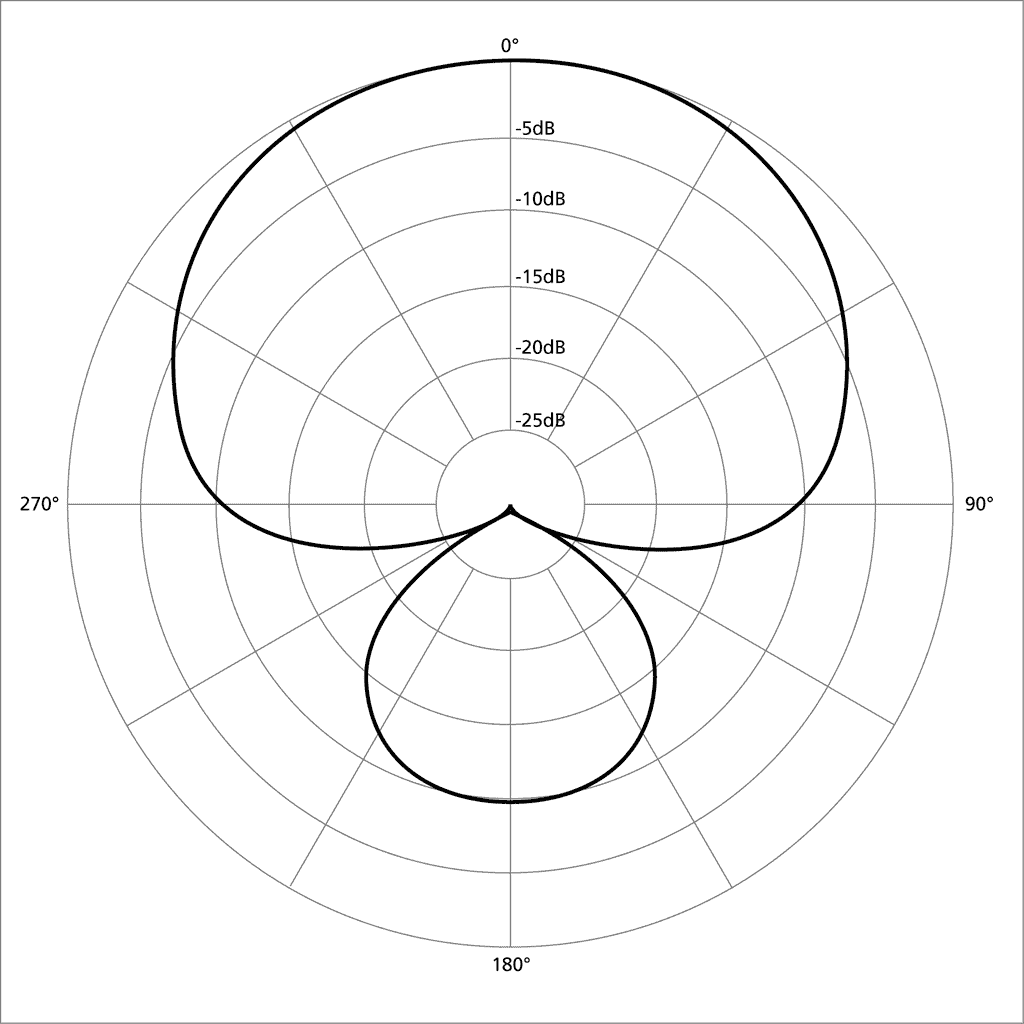
In other words, ambient sounds won’t be making their way into your recordings.
I was surprised that the AKG P5 S was even less expensive than the Shure SM57. In my opinion, it’s much better and much valuable than the latter. I use this microphone pretty much exclusively (except on drums).
I guarantee that you’ll get the best results recording acoustic guitar at home with it!
If you want more information, I also wrote an in-depth product review on the AKG P5 S.
Recording acoustic guitar at home using soundhole pickups
In my opinion, the best way to record acoustic guitar at home involves using soundhole pickups in addition to the microphone(s). It really provides different tonal possibilities and can become really useful in the mixing stage.
It’s also possible to record acoustic guitar at home using pickups exclusively.
However, I would stick with microphones if you were to pick one of the two. Soundhole pickups can sound great, but the results aren’t as powerful as recording the actual instrument. With microphones, you actually capture the sound of the instrument resonating.
It really captures the unique sound of YOUR instrument.

Pickups usually sound similar, regardless of the instrument you use them on. However, these soundhole pickups are designed to capture more of the wood than typical guitar pickups.
The one thing you need to keep in mind is that these pickups are magnetic. Your strings need to be made of steel because nylon strings won’t work. If you’re using nylon strings, you’ll want to consider using Piezo pickups (they capture the vibrations in the wood).
You could still use Piezo pickups on steel-string acoustic guitars, but they’re generally more expensive and usually require permanent installation.
Some acoustic guitars actually include some form of pickup when you buy them. These are considered electro-acoustic guitars and would save you the additional step of adding pickups yourself. However, I’m assuming you’ve got an ordinary acoustic with NO pickups.
That being said, I also wanted to avoid having you modify your instrument.
Some pickups can be mounted in permanence with the addition of cutting out part of your guitar to insert an output jack. Don’t worry, the pickup I’ll be recommending doesn’t require any of that!
Recording acoustic guitar at home using the Seymour Duncan Woody HC
When I was looking for soundhole pickups for my acoustic guitar, I wanted something temporary. It’d be nice to have one pickup that you could use on any/all of your acoustic guitars for performances and/or recording sessions.
I came across the Seymour Duncan Woody HC and was amazed by its simplicity.
Seymour Duncan has built its reputation by providing affordable yet great-quality guitar pickups for both guitar/bass. Considering that I’m using a “budget” Yamaha acoustic, I didn’t want to invest too much because I rarely use it anyway.
The Woody HC is technically a “stacked” single-coil pickup
The advantage with this is that it’ll provide the same hum-cancelling as humbucking pickups. It’s also got more “body” than your typical single-coil pickup because of this.
Before buying though, make sure your soundhole is at least 3.85-inches and at most, 4.1-inches.
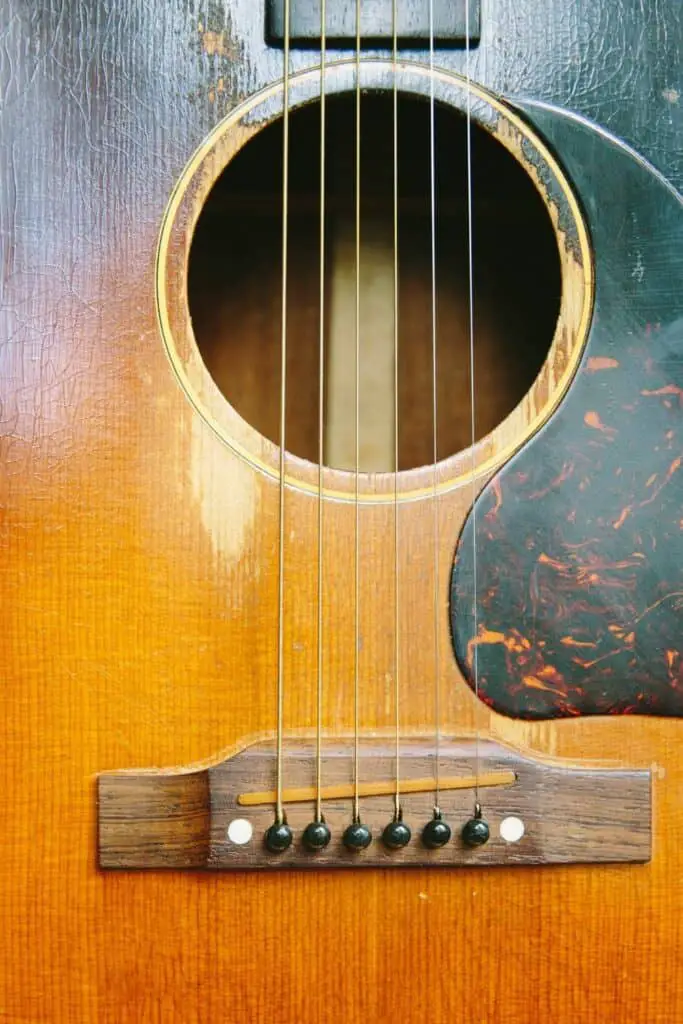
The Seymour Duncan Woody HC should fit 99% of acoustic guitars, but it’s always good to double-check! If you’re looking for more features though, they’ve also got some other pickups in the Woody series that provide more versatility.
For example, the Woody XL has the ability to adjust its pole pieces individually.
Other than that, you could also do your own research if you’re looking for something more ”boutique” with a specific sound. I’m not an expert when it comes to acoustic guitar pickups (although I could talk about electric guitar pickups all day).
Personally, I just needed something to get the job done and the Seymour Duncan Woody HC exceeded my expectations!
Recording acoustic guitar at home using an audio interface
Okay, so once you’ve got your microphone(s), you’ll need an audio interface. I’d say that using an audio interface is the best way to record acoustic guitar at home, but it’s pretty much the only way you could manage…
Without an audio interface, you wouldn’t be capable of routing your signal to your DAW.
The question to ask yourself here is “which audio interface should I get”. The answer to that question will depend on what you intend to do down the road, but for the purposes of recording acoustic guitar, I’ll be recommending something simple and affordable.
If you want to know more about the interface I personally use though, you can check the product review I wrote on the Universal Audio Arrow.
Before getting to my recommendation though, we need to understand what we actually need out of our audio interface. It’ll be especially important if you intend on purchasing the additional acoustic guitar pickup (if so, you’ll be better off with the interface I’m using).
However, if we’re just considering the microphone(s), here’s what you need:
- 2 XLR inputs
- Direct Monitoring
For the pickup though, we’ll need more features though:
- 2 combo inputs
- HI-Z inputs (ideally)
Most audio interfaces include all these features, but not all of them include the HI-Z inputs. It’s important for the acoustic pickup because they’re technically high-output instruments. Typical inputs weren’t designed to handle that much voltage.
Without these types of inputs, you’d need an additional device (DI box).
That being said, you could easily avoid unnecessary expenses if you follow my recommendations, but the DI box can also be useful for other things.
Moving on, let’s look at my recommendation!
Recording acoustic guitar at home using the Mackie Onyx Producer 2-2
If you’re just looking to get the job done, the best way to record acoustic guitar at home involves using the Mackie Onyx Producer 2-2. It’s one of the most affordable audio interfaces on the market and provides all the standard features you’d expect.
The sound/build-quality is also phenomenal for the price!
I personally stopped using USB audio interfaces, but I know most of you might not have the luxury of owning computers with Thunderbolt ports. If you do though, I seriously recommend checking out the Universal Audio Arrow.
However, we’re simply looking for the best way to record acoustic guitar at home without breaking the bank.
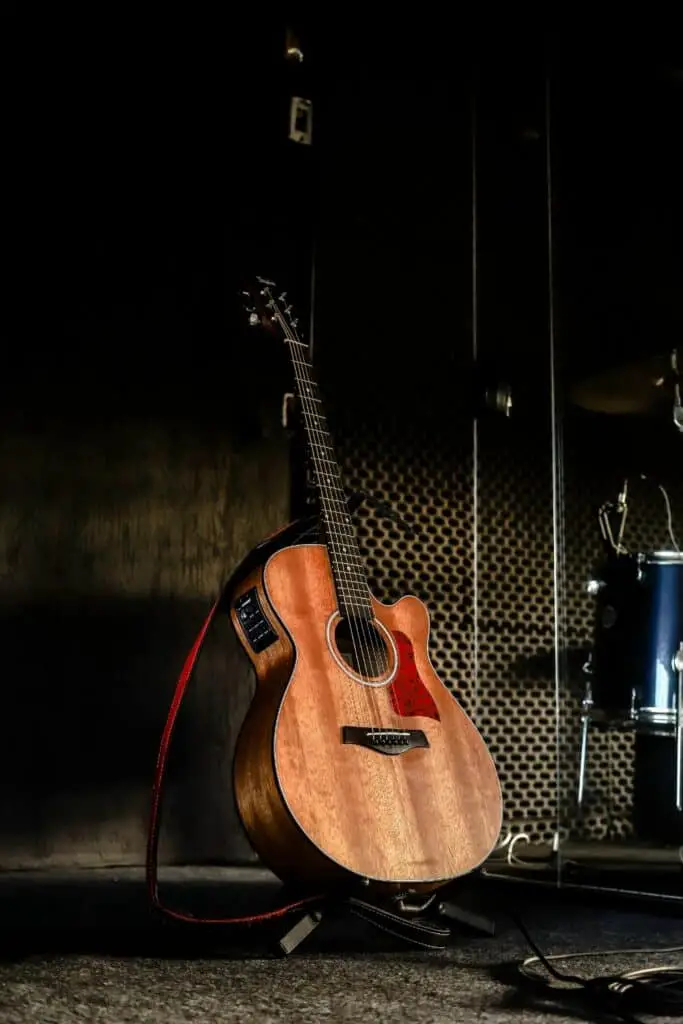
That being said, I really like the fact that the Onyx Producer 2-2 features HI-Z switches for each preamp. You’ll only need one if you’re planning to use soundhole pickups though, so the other input would be used for your microphone.
The Onyx Producer also includes the ability for direct monitoring.
Since you’re recording an acoustic instrument, you won’t need to worry about audio latency. Without the use of any pre-mixer plugins, you could simply monitor your signal through the analog output without hearing any latency whatsoever!
It’s different for electric guitars, especially if you’re using amp modelling software.
Other than that, the Mackie Onyx Producer 2-2 can be used for many other applications. If you sing and play acoustic guitar at the same time, you could replace your guitar pickup with an additional microphone line.
If you don’t want to compromise though, you’ll eventually need an interface with more inputs.
At this stage though, I’d simply focus on recording your parts individually. Just keep in mind that you can do much more with an audio interface like the Onyx than simply record acoustic guitar.
How I personally record acoustic guitar at home for best results
So, you’ve essentially got three possibilities to start recording acoustic guitar at home. I’m sure at least one of these methods can work for you, regardless of what type of recording environment you’ve got to work with.
Remember, none of these methods will require any form of acoustic treatment.
That being said, the method I personally use is the combination of the first two methods (the third method). I really enjoy having multiple different versions of my signal to work with. If you’ve read my guide on the “best way to record electric guitar at home” and the “best way to record bass guitar at home”, you know what I’m talking about!
However, I do get lazy sometimes and simply record using the microphone and/or the pickup.
It really depends on the types of recording you’re doing, but fundamentally… Having two different versions of your sound can work wonders when you start learning how to layer different sounds together in mixing.
For example, you can have your acoustic guitar “clean” and the other version with some form of effect like chorus, delay, etc…
Once again, it also depends on the style of music you’re working in. If you’re just making Acoustic music, you’ll be fine with just the microphone.
That being said, here’s your shopping list!
AKG Perception P5 S (doesn’t include XLR cable):
I hope you’ve enjoyed reading my guide on the best way to record acoustic guitar at home. I spent many years refining my current recording systems and wanted to start sharing the minimalist setups I was running in my home recording studio. With the right tools, I believe you could seriously impress your listeners when you tell them you’ve been recording your own music at home (it’ll sound professional). If you’re determined to get there, you’ll need the knowledge and that’s where I come in. Consider subscribing to my weekly newsletter if you want more content like this delivered to your inbox. Thanks for reading, I appreciate the time you took to learn the method!
